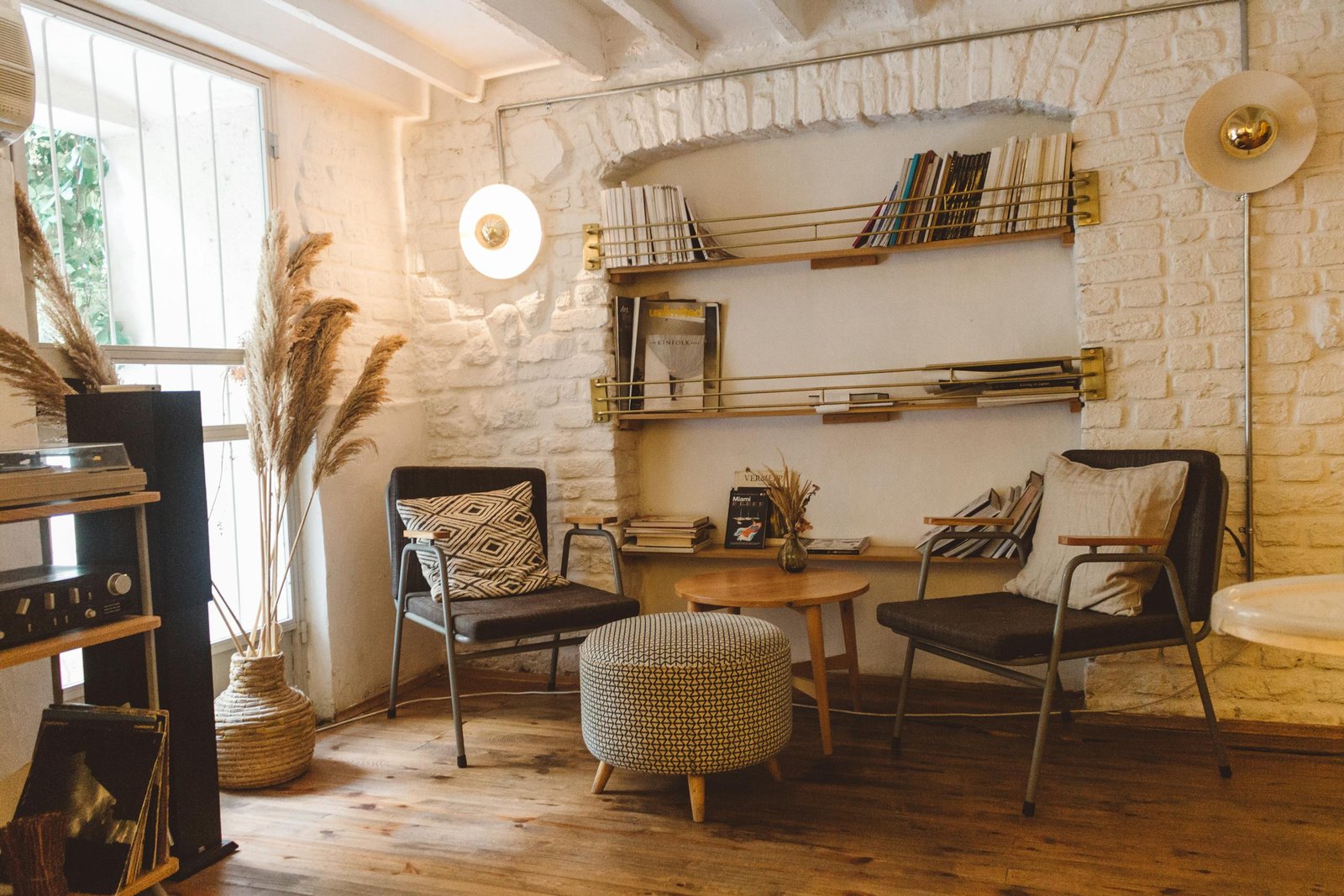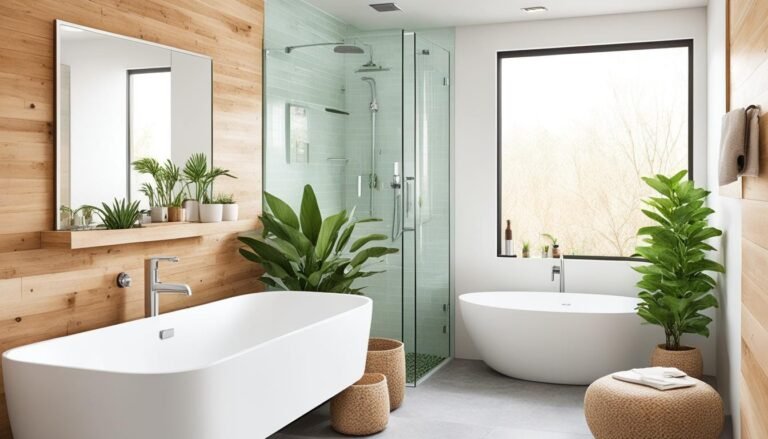The kitchen island has become a staple in modern kitchen designs at Dreamlike Builders, offering more than just additional counter space. Whether your kitchen is large or small, a well-designed island can transform the room by adding functionality, improving flow, and even serving as a gathering place for family and friends. Creating a functional kitchen island, however, requires thoughtful planning to ensure it meets your specific needs and complements the overall layout of your space. We will explore the key considerations for designing a kitchen island that looks good and works for your lifestyle, making it a central part of your kitchen remodel.
Considerations for designing a kitchen island
- Assessing Your Kitchen’s Layout and Space
Before deciding on the design and features of your kitchen island, it’s essential to assess your kitchen’s available space and layout. The size and shape of your island will depend on how much room you have and how the island will fit into the kitchen’s flow. A common mistake in kitchen remodels is installing an island that’s too large or awkwardly, which can disrupt movement in the kitchen and make it feel cramped.
When planning your island, consider the distance between the island and surrounding countertops, cabinets, and appliances. A functional kitchen island should allow for smooth traffic flow, with at least 36 to 48 inches of clearance around all sides. This ensures that the island doesn’t become a barrier when moving between cooking areas, such as the stove, sink, and refrigerator. Proper spacing will also make it easier to open drawers, doors, and appliances without obstruction.
In smaller kitchens, you may need to get creative with the shape and placement of the island. A narrow or L-shaped island can still provide valuable prep space and storage without overwhelming the room. In larger kitchens, a larger island can serve as a focal point and offer more functionality, whether additional seating, storage or even an extra sink or stovetop.
- Prioritizing Function Over Form
While aesthetics are important, the functionality of your kitchen island should take priority in the design process. The island should be tailored to your specific needs, whether extra counter space for meal prep, additional storage for cookware, or a seating area for informal dining. Think about how you typically use your kitchen and how the island can enhance those activities.
For example, if you often prepare large meals, consider incorporating a spacious countertop with ample room for chopping, mixing, and assembling dishes. If storage is a priority, built-in cabinets and drawers can help keep the kitchen organized and clutter-free. On the other hand, if you entertain frequently, an island with bar seating or an extended countertop for serving can make your kitchen more inviting and social.
The key is to strike a balance between form and function. While your island should complement the overall style of your kitchen, it should also serve a practical purpose that enhances your cooking and dining experience. Customizing the island to fit your lifestyle will ensure that it remains functional and enjoyable for years.
- Incorporating Smart Storage Solutions
One of the greatest advantages of a kitchen island is the opportunity to add extra storage. Islands can house a variety of storage options, from drawers and cabinets to open shelving. When designing your island, consider what type of storage will be most useful based on your cooking habits and kitchen inventory.
For example, deep drawers can provide easy access to pots, pans, and large cooking utensils, while pull-out shelves can hold pantry items or small appliances. If you have limited counter space, an island can also store bulky appliances, such as stand mixers or slow cookers, keeping them within reach but out of sight when not in use.
In addition to storage for kitchen essentials, you can also integrate specific features to improve the overall functionality of your island. For instance, a built-in wine rack, spice drawer, or trash and recycling station can streamline kitchen tasks and help maintain a clean, organized space. The more tailored your storage solutions are to your specific needs, the more efficient your kitchen will become.
- Enhancing Your Kitchen’s Social Appeal
Beyond its practical benefits, a well-designed kitchen island can also enhance the social aspect of your kitchen. As the kitchen has evolved into a hub for entertaining and family gatherings, islands have become the go-to space for people to gather while meals are being prepared. To create a welcoming atmosphere, consider incorporating seating into your island design.
Depending on the size and layout of your kitchen, seating can range from casual bar stools to a built-in banquette. An overhanging countertop on one side of the island can provide enough room for a few stools without taking up too much space, making it easy for guests or family members to sit and chat while you cook. Alternatively, if you have a larger island, you might opt for a more substantial seating arrangement, such as a breakfast bar or dining area.
The inclusion of seating also allows your island to serve multiple functions. In addition to meal prep, it can be used for casual meals, homework, or even as a workspace. This versatility makes the island an invaluable part of any modern kitchen, catering to practical and social needs.
- Considering Additional Features
To further enhance the functionality of your kitchen island, consider adding additional features, such as a sink, cooktop, or electrical outlets. A prep sink can make meal preparation more efficient by allowing you to wash fruits and vegetables without moving to the main sink. Similarly, a cooktop on the island can create a more interactive cooking experience, enabling you to engage with guests while preparing meals.
Electrical outlets are another useful addition, providing a convenient place to plug in small appliances, charge devices, or set up a temporary workspace. These features can help transform your island into a multi-functional powerhouse, making it an integral part of your daily kitchen routine.
A functional kitchen island can serve as the heart of your kitchen, offering a combination of practicality and social appeal. By carefully considering your kitchen’s layout, prioritizing functionality, and incorporating smart storage solutions, you can design an island that enhances the flow and utility of your space. Whether you want to create more prep space, add seating for guests, or improve storage, a well-planned kitchen island can make your remodel stylish and highly functional. With the right design choices, your island will serve as a centerpiece for your kitchen and a space that makes cooking, entertaining, and everyday living more enjoyable.







